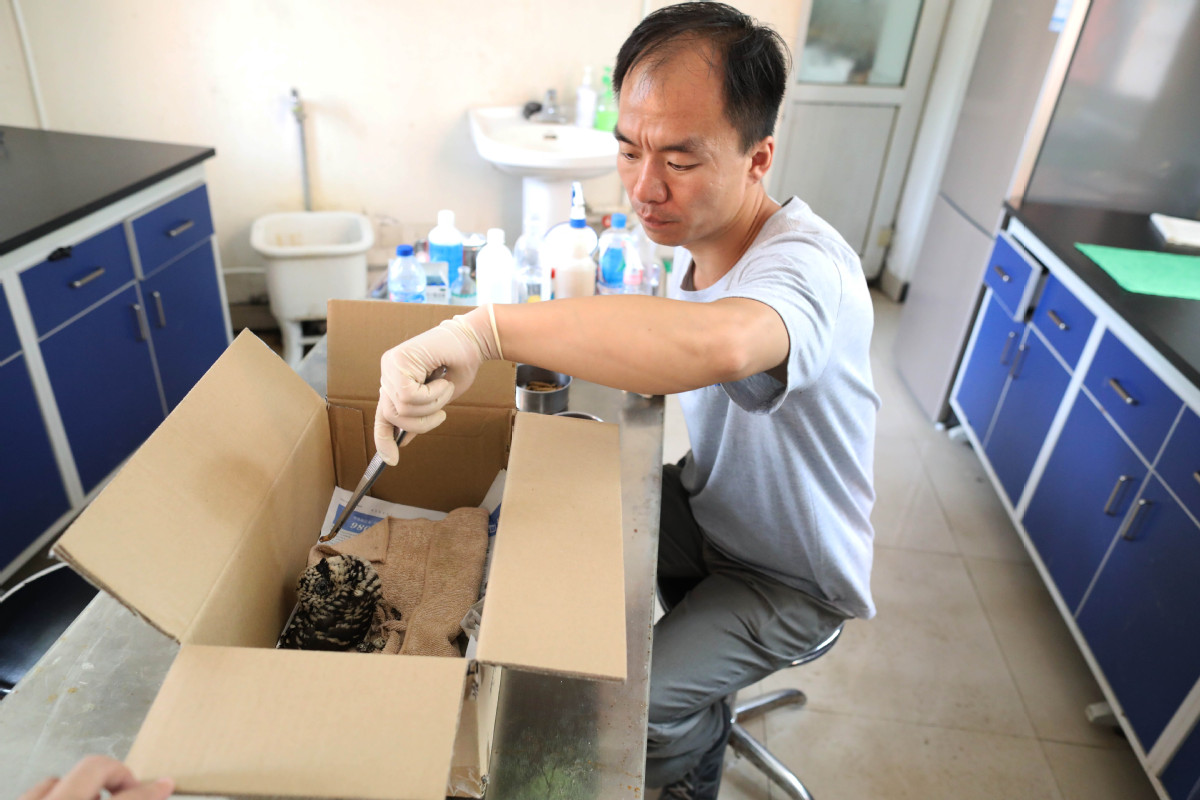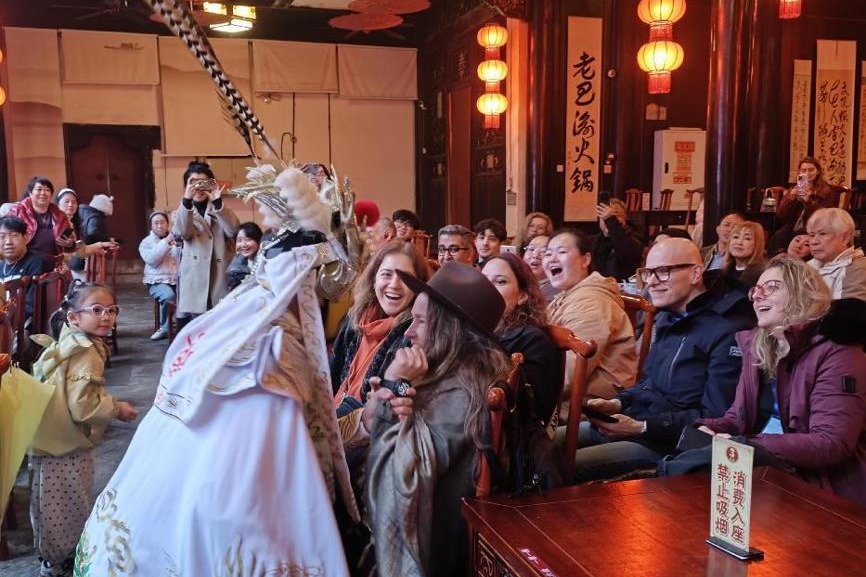Center provides a haven for injured wildlife


The most impressive animal Xu Shuqun has seen during his 18 years at the Beijing Wildlife Rescue and Rehabilitation Center is a black stork that arrived last year.
The 33-year-old senior rescue worker recalled that when he first saw the big black bird, he couldn't believe the smelly creature was a first-class nationally protected species.
The black stork was discovered one morning in Fangshan district.
It had swallowed a fishhook, and its intestines and stomach were torn and rotting.
"The bird was saved after a three-hour operation, and now it lives pretty well in the center's backyard," Xu said, adding that such scenes are common.
The facility is open 24 hours a day. If a call is received during the day, an ambulance is sent to collect the injured animal, but at night people bring them to the center themselves.
"We only have one ambulance, and by the end of last year, it had covered 70,000 kilometers," Xu said.
Some badly injured animals cannot be saved. For example, great bustards, a first-class nationally protected species, almost always succumb, either to their injuries or trauma.
"The bird is very timid, so it gets stressed very easily. The heart beat accelerates and blood pressure rises rapidly, and it finds it hard to return to normal later. All four that have been received by the center have died," he said.
Xu often feels distressed when he sees birds with broken wings or legs, or those that have eaten fish that have been poisoned by humans and introduced into ponds.
"I can't understand why anyone would want to hurt an animal - do they really find that fun?" he said.
- Macao thrives as collaboration deepens
- Beijing reiterates strong opposition to US arms sales to Taiwan
- Attack in Taipei injures 9, including 4 in critical condition: local media
- Ministry to launch month-long program aimed at promoting youth employment
- National health body asks consumers to read nutritional information on food labels
- China's top cyberspace regulator launches drive against capital market misinformation




































